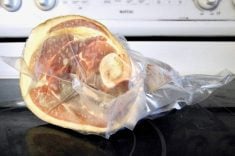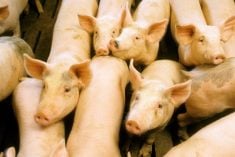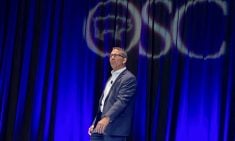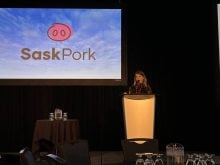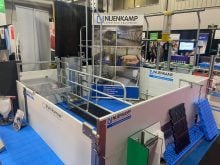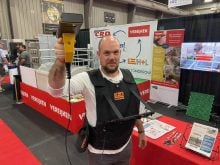Glacier FarmMedia – Precision livestock nutrition can maximize nutrient use and profitability in hog operations.
PLN, as it’s known, is part of the emerging concept of smart farming, or precision livestock farming, that uses information and technology to monitor and control farm processes.
Nutrition is a key part of that, said Dr. Candido Pomar, research scientist from Agriculture Canada in Sherbrooke, Que.
Read Also
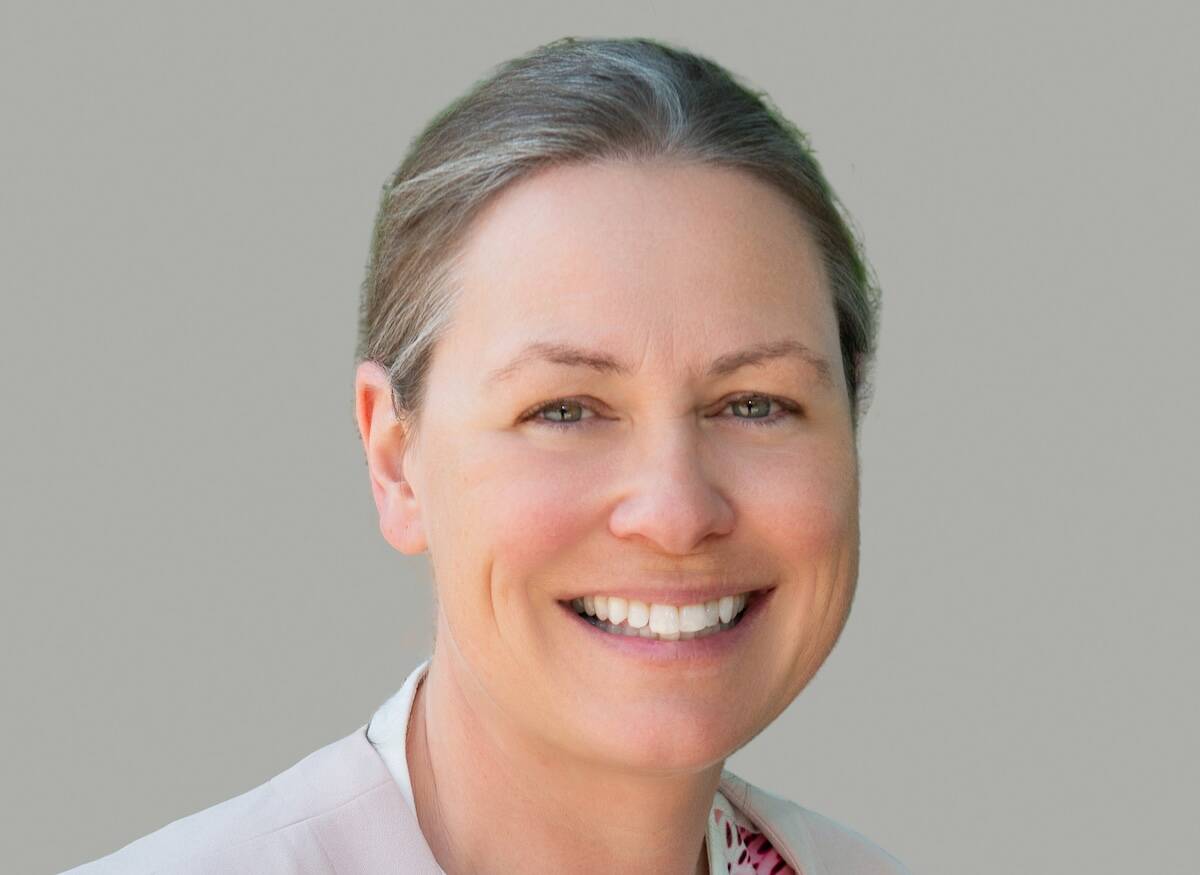
Jennifer Hayes appointed for second term as the Chairperson of the Canadian Dairy Commission
Jennifer Hayes has been re-appointed as Chairperson of the Canadian Dairy Commission by Heath MacDonald, Minister of Agriculture and Agri-Food.
Why it matters: Precision feeding could be a useful tool for producers in the future to conserve the use of costly nutrients, while ensuring production goals are still being met.
Although PLN isn’t yet part of commercial hog operations, Pomar expects that it could be available for early adopters within a couple years.
The technology connects smart sensors and devices, and uses big data analysis and mathematical and artificial intelligence models.
Using PLN in growing-to-finishing operations can decrease protein intake by 25 per cent and nitrogen excretion by 40 per cent, Pomar told the Animal Nutrition Conference of Canada. At the same time, profitability can rise by nearly 10 per cent because of reduced feed costs.
Pomar said trials consistently show these results.
Hog feeding, like most livestock operations, is based on the nutritional requirements of the most demanding animals.
“In this situation, almost all animals receive more nutrients than they need most of the time,” said Pomar through a translator.
But ensuring maximum growth doesn’t ensure maximum economic efficiency. Feed is the most significant cost to an operation and research shows that growing pigs retain protein, for example, at efficiencies ranging from 15 to 30 per cent.
Protein that isn’t retained is excreted as nitrogen. Feed is responsible for 70 per cent of the environmental impact of production.
Environmental concerns are one item on a growing list of issues producers face. Others include international trade challenges, reductions in government support, increasing societal concern about animal welfare, increasing feed and production costs and labour concerns.
Pomar said digital technology can help address these issues but improving nutrient efficiency should be a priority.
“We have to make sure we convert all of the nutrients we have in the most efficient way,” he said. “We have to produce quality animals and we also have to meet the expectations of society with respect to animal welfare and the environment.”
Pomar likens the use of PLN to buying a jacket. Buying the same size jacket for each pig would mean some are too small and some are too large.
“We want to make one jacket for each animal each day,” he said.
The process involves measuring feed intake and weight gain through sensors, applying models, and then using automated feeders to deliver exactly what each hog needs.
Pomar suggested this will be done by using two base feeds — one high in nutrients and the other low — and then mixing them to appropriate levels.
He said in addition to lower feeding costs and nutrient efficiency, producers would save money on feed mixing and storage by using the same two pre-mixes.
Other benefits include early detection of disease because animals eating less than their approved ration would be detected. In turn, there could be less antibiotic use.
Pomar said increasing use of artificial intelligence will change the way information is used and control how hogs are produced in real time.
“I think we’re at the threshold of a big change,” Pomar said. “I think that precision feeding and precision rearing as a whole will open the door to great changes.”
That said, challenges remain.
For example, there is so much information available from sensors and technology that it’s critical to focus on the data that is most relevant, he said. Not all the information gathered is equally important.
Right now, feed intake and weight gain can be measured but Pomar said he would like to see sensors to measure body composition.
Widespread adoption of new technology like this will also take time.
“The success of the development of SF and PLN depends on the automatic and continuous collection of data, data processing and interpretation and the control of farm processes,” said the conference proceedings. “The advancement of PLN requires the development of new nutritional concepts and mathematical models able to estimate individual animal nutrient requirements in real time.”
Pomar said the cost of this technology to producers is still unknown.
“Logistically, that will probably require us to modify the way we build our buildings, or at least how we distribute feed,” he said. “Is the cost worth it? I don’t have this answer. I am convinced that precision feeding will be adopted gradually.”
On-farm trials are scheduled for next year, he added.
This article was originally published at The Western Producer.



